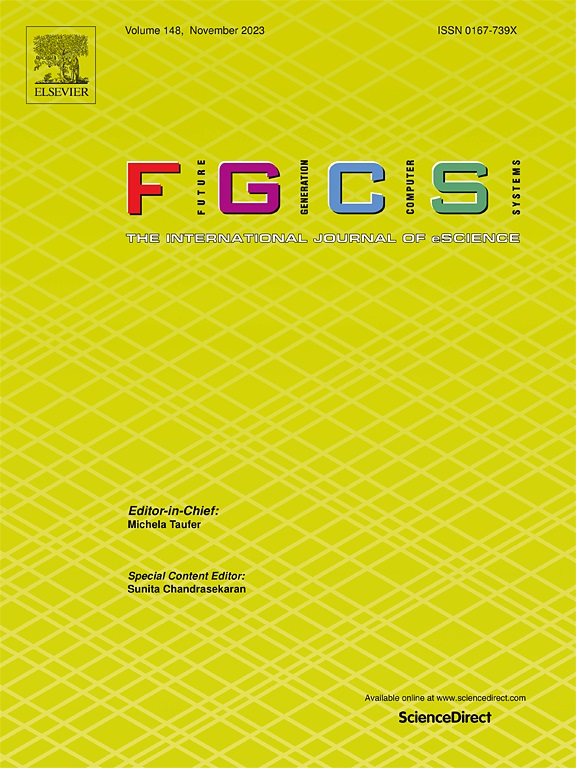A multi-agent architecture for context sources integration in smart cities
IF 6.2
2区 计算机科学
Q1 COMPUTER SCIENCE, THEORY & METHODS
Future Generation Computer Systems-The International Journal of Escience
Pub Date : 2025-05-05
DOI:10.1016/j.future.2025.107862
引用次数: 0
Abstract
Contextual data in smart cities are present in large quantities and distributed sources. Many applications can benefit from these data to provide better services to their users. The scale and dynamic nature of urban environments pose significant challenges in making context sources available to applications. These challenges involve transparent access to context, resilience, decentralization, extensibility, scalability, and redundancy of data. This study introduces a new architecture designed to address these issues. This architecture aims to facilitate the acquisition of context by integrating distributed data sources. The developed architecture not only overcomes the challenges posed by the scale and dynamicity of urban environments but also prepares for more innovative and effective solutions for smart cities. The architecture is distributed, decentralized, and fault-tolerant, providing data fusion mechanisms and dynamic context source composition. Compared to existing works, our architecture contributes to the state-of-the-art addressing all these five challenges in one design. The architecture uses the multi-agent paradigm, which is inherently distributed and facilitates decentralization. A scenario was used to execute several experiments demonstrating that the architecture can obtain context data transparently by any application.
智慧城市中上下文源集成的多智能体体系结构
智慧城市的背景数据是大量分布的。许多应用程序可以从这些数据中受益,从而为用户提供更好的服务。城市环境的规模和动态性质在为应用程序提供上下文资源方面提出了重大挑战。这些挑战包括对上下文的透明访问、弹性、去中心化、可扩展性、可伸缩性和数据冗余。本研究介绍了一种旨在解决这些问题的新架构。该体系结构旨在通过集成分布式数据源来促进上下文的获取。发达的建筑不仅克服了城市环境的规模和动态性带来的挑战,还为智慧城市提供了更创新、更有效的解决方案。该体系结构是分布式的、分散的和容错的,提供数据融合机制和动态上下文源组合。与现有的作品相比,我们的建筑有助于在一个设计中解决所有这五个挑战。该体系结构使用多代理范式,它本质上是分布式的,并促进了去中心化。一个场景被用来执行几个实验,证明该体系结构可以通过任何应用程序透明地获取上下文数据。
本文章由计算机程序翻译,如有差异,请以英文原文为准。
求助全文
约1分钟内获得全文
求助全文
来源期刊
CiteScore
19.90
自引率
2.70%
发文量
376
审稿时长
10.6 months
期刊介绍:
Computing infrastructures and systems are constantly evolving, resulting in increasingly complex and collaborative scientific applications. To cope with these advancements, there is a growing need for collaborative tools that can effectively map, control, and execute these applications.
Furthermore, with the explosion of Big Data, there is a requirement for innovative methods and infrastructures to collect, analyze, and derive meaningful insights from the vast amount of data generated. This necessitates the integration of computational and storage capabilities, databases, sensors, and human collaboration.
Future Generation Computer Systems aims to pioneer advancements in distributed systems, collaborative environments, high-performance computing, and Big Data analytics. It strives to stay at the forefront of developments in grids, clouds, and the Internet of Things (IoT) to effectively address the challenges posed by these wide-area, fully distributed sensing and computing systems.

 求助内容:
求助内容: 应助结果提醒方式:
应助结果提醒方式:


